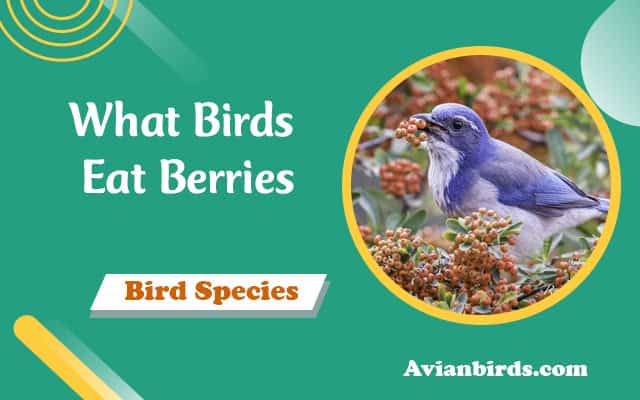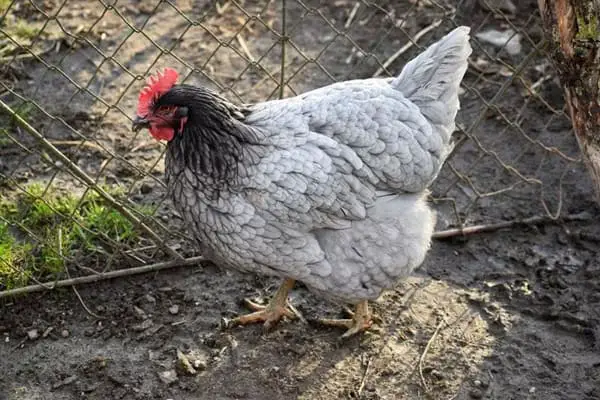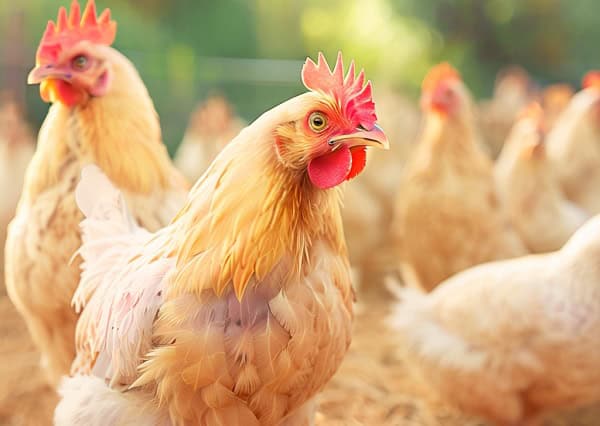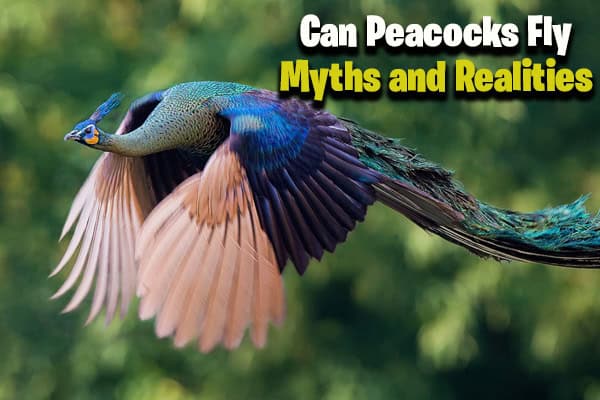What Birds Eat Dried Mealworms?
What birds eat dried mealworms? I’ve researched this topic to uncover why these tiny treats are so popular. Birds love them; for good reason—they’re packed with protein. Mealworms attract a variety of species, from bluebirds to wrens. They’re easy to use, mess-free, and affordable. In this guide, I’ll share everything you need to know about feeding dried mealworms to birds. Let’s dive in!
Understanding Mealworms: Nutrition and Characteristics
Mealworms are the larvae of darkling beetles and serve as an excellent source of protein for birds. Rich in essential fatty acids, vitamins, and minerals, they provide vital nutrition to support a bird’s energy needs.
Dried mealworms have a long shelf life and retain their nutritional value when desiccated properly. They are lightweight and easy to store, making them a convenient option for bird enthusiasts looking to attract various species without the fuss of fresh food preparation.
Types of Birds that Eat Mealworms
Many bird species enjoy a diet that includes dried mealworms. Common backyard favorites like blue jays, chickadees, and woodpeckers readily consume them. These birds are drawn to the protein-rich snacks, making them an excellent addition to feeders.
Not all birds eat dried mealworms, however. Species such as sparrows and finches may prefer seeds or grains instead. Understanding individual preferences can help you attract a diverse range of feathered friends to your garden while providing nutritious options for those that do enjoy mealworms.
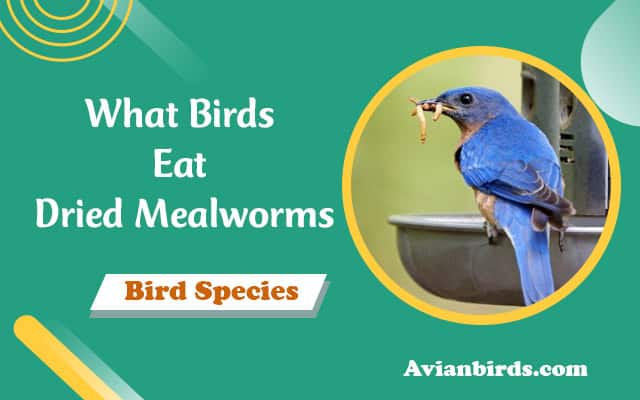
Do all birds eat dried mealworms?
Not all birds eat dried mealworms. While many avian species enjoy this nutritious snack, some prefer seeds or fruits instead. Birds that primarily feed on insects in the wild are more likely to be attracted to mealworms.
Species such as robins, blue jays, and wrens commonly feast on dried mealworms. However, others may not recognize them as food or may simply have different dietary preferences. Understanding a bird’s natural diet can help you determine if they will eat dried mealworms.
What types of backyard birds eat mealworms?
Many backyard birds are attracted to dried mealworms due to their high protein content. Species such as blue jays, chickadees, and wrens often enjoy these tasty treats. They provide a vital energy source during breeding seasons when young birds require extra nutrients.
Additionally, robins and sparrows can be seen nibbling on mealworms. These birds appreciate the convenience of finding a nutritious snack in your backyard feeder. By offering dried mealworms, you can create an inviting space for various bird species throughout the year.
Can I feed dried mealworms to wild birds?
Yes, you can feed dried mealworms to wild birds. These nutritious snacks are an excellent source of protein and energy, especially during breeding seasons when birds need extra sustenance for their young.
Many bird enthusiasts use dried mealworms as a supplement in feeders or scattered on the ground to attract various species. However, it’s essential to ensure they are fresh and suitable for consumption, as stale or spoiled food can harm the birds’ health.
Do robins eat dried mealworms?
Robins are known for their diverse diet, which mainly consists of insects, fruits, and berries. They do enjoy a protein boost from dried mealworms, especially during the breeding season when they require extra energy to feed their young.
Offering dried mealworms can attract robins to your yard. Their keen eyesight helps them spot these treats easily. Just ensure you provide water nearby since hydration is essential for birds consuming dry food.
How to attract birds with dried mealworms?
To attract birds with dried mealworms, start by choosing a proper feeding location. Place the mealworms in an open area where birds can easily spot them, such as on a platform feeder or birdbath. Ensure there’s adequate cover nearby for safety.
Additionally, consider mixing dried mealworms with other seeds to entice various bird species. Keeping your feeders clean and replenished regularly will encourage return visits. Providing fresh water nearby can also enhance the appeal of your feeding station for both birds and their potential mates.
Are dried mealworms good for birds in winter?
Dried mealworms are an excellent food source for birds during winter. As natural insect availability decreases, these nutrient-rich treats provide essential protein and fat that help sustain bird energy levels in colder months.
Many backyard birds benefit from the easy digestibility of dried mealworms. This supplement can aid their survival when insects are scarce, making it a valuable addition to any winter feeding strategy. Birds such as blue jays and chickadees particularly thrive on this high-energy food option.
How much dried mealworm should I feed birds?
When feeding birds dried mealworms, moderation is key. Start with a small amount—around one tablespoon per feeding session for every five birds visiting your feeders. This ensures that the mealworms remain fresh and appealing.
Monitor bird activity at your feeder to adjust portions as needed. If you notice increased interest or a larger flock, consider gradually increasing the amount. Always prioritize freshness and cleanliness to maintain a healthy feeding environment for your feathered friends.
Why do some birds prefer dried mealworms?
Dried mealworms are a concentrated source of protein and fat, making them an attractive food option for many birds. Birds like blue jays, chickadees, and woodpeckers often prefer them due to their high nutritional value compared to seeds or fruits.
Additionally, the crunchy texture appeals to these birds. The convenience of dried mealworms also allows for easy storage and feeding in various settings. This makes them a popular choice among bird enthusiasts looking to attract diverse species into their backyards.
Can baby birds eat dried mealworms?
Baby birds can eat dried mealworms, but caution is necessary. These high-protein snacks should be soaked in water to soften them before feeding. This makes it easier for the young birds to consume and digest.
It’s essential to ensure that baby birds receive a balanced diet. While dried mealworms are nutritious, they should not be the only food offered. Mixing them with other foods like fruits or specially formulated chick feed will provide a well-rounded nutritional intake for growing fledglings.
What’s the best way to serve dried mealworms to birds?
To serve dried mealworms effectively, place them in a shallow dish or feeder designed for small birds. This allows birds to access the mealworms easily without spilling or scattering them everywhere.
Avoid using deep containers, as many smaller birds may struggle to reach the worms inside. Additionally, consider mixing the dried mealworms with seeds or other bird-friendly foods to create an enticing buffet that attracts various species to your yard. Regularly clean feeding areas to promote hygiene and keep your feathered friends healthy.
Best Practices for Feeding Birds Dried Mealworms
When feeding birds dried mealworms, it’s essential to follow best practices for maximum benefit. Start by placing the mealworms in a bird feeder or on a platform where they can be easily accessed. Ensure the feeder is clean and dry to prevent mold.
Offer small amounts at a time; this prevents waste and keeps the food fresh. If you notice uneaten mealworms after a few days, replace them with fresh ones. Monitor which species visit your feeders; different birds may have varying preferences.
Feeding during winter months can provide much-needed nutrition when natural food sources are scarce. Additionally, consider supplementing with other foods like seeds or fruits to attract diverse bird species. By following these guidelines, you’ll create an inviting environment that encourages more feathered friends to enjoy those nutritious dried mealworms!

